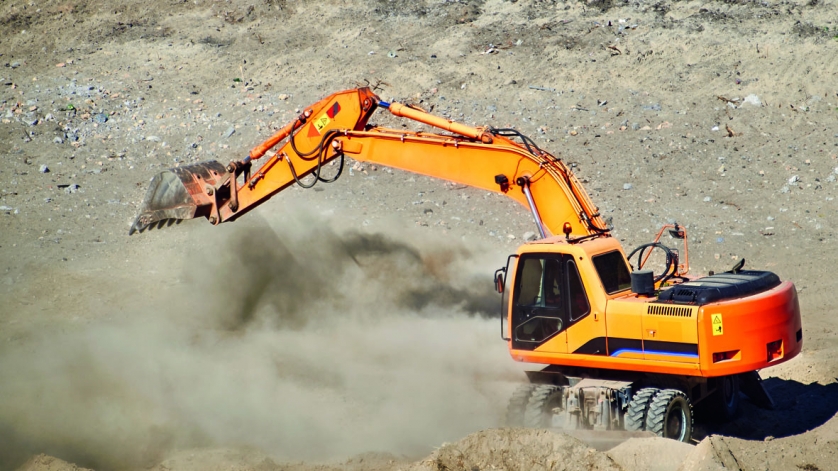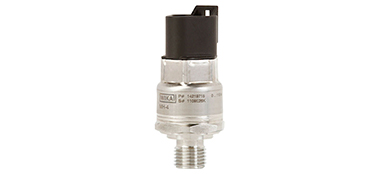
Mobile working machines are often used in the harshest and most remote areas of the world, from frozen tundra to scorching-hot desert. Thus they are exposed to extreme and, moreover, constantly changing operating conditions. Some of the machinery even runs non-stop. Therefore, the pressure sensors used must be suitable for these conditions.
WIKA regularly works together with OEM customers in the course of optimising its portfolio of measurement technology. Their requirements and ideas form the basis for the continuous further development of future product models. This is how our specialists developed the MH-4, the fourth generation of the robust pressure sensor for mobile working machines.

Pressure sensor for extreme conditions: Model MH-4
Outstanding stability and performance for use in extreme conditions
The MH-4 OEM pressure sensor easily and reliably copes with the most difficult challenges for mobile working machines. Thus, their operating state can be reflected accurately and consistently at any time.
The state-of-the-art technology of the MH-4 pressure sensor provides:
- Excellent long-term stability throughout the entire life cycle, which ensures the greatest possible operational reliability
- Excellent temperature behaviour and resistance to thermal cycling: it is therefore designed for a wide temperature range between -40 °C and +125 °C for both the environment and the medium
- High resistance against shock and vibration – robustly withstanding vibrations of up to 40 g and mechanical shocks of up to 100 g
- Excellent performance in highly dynamic pressure systems, even under the most demanding conditions
Further relevant features of the MH-4 are:
- Next-generation ASIC electronics that exhibit exceptionally low signal noise behaviour
- Exceptionally high temperature stability and accuracy performance over complete measuring range
- On-board diagnostics that constantly monitor the health of the sensor and report errors to the controller via predefined signal levels
- Easy integration into almost any machine platform and manufacturing process through a wide variety of configurations
Rigorous testing and quality production
So, how does WIKA ensure that the MH-4 functions reliably and accurately under extreme conditions. To this end, the pressure sensor was subjected to a series of simulated conditions and field tests that exceed the conventional requirements for OEM products.
Furthermore, the manufacturing process is also tested under similarly stringent criteria. Every step of the MH-4’s lean manufacturing cycle is fully monitored and each sensor is tested prior to its packaging and subsequent shipment. As production is fully automated, WIKA’s facilities can fulfil very large orders with short turnaround times.
Adaptations to customer-specific applications
With feedback from well-known OEM customers as its basis, WIKA’s experts designed the MH-4 pressure sensor with a wide range of standard options:
- 6 output signal types
- Pressure ranges up to 1,000 bar (10,000 psi)
- 18 process connection types
- 11 electrical connection types
However, if none of these configurations meet the requirements of an application, our pressure specialists can also modify the design in accordance with customer specifications.
Conclusion – Pressure sensor for extreme conditions
The MH-4 incorporates technology innovations, advanced materials, lean production processes and strict quality control. It is currently our most robust pressure sensor for mobile working machines and we are convinced that it will help machine manufacturers create functional added value.
Note
Further information on model MH-4 or mobile working machines can also be found on the WIKA website. If you have any questions, your contact will gladly help you.
Also read our post
Development of an OEM pressure sensor for mobile working machines
You can also find out more about the MH-4, the pressure sensor for extreme conditions, in the following video:

